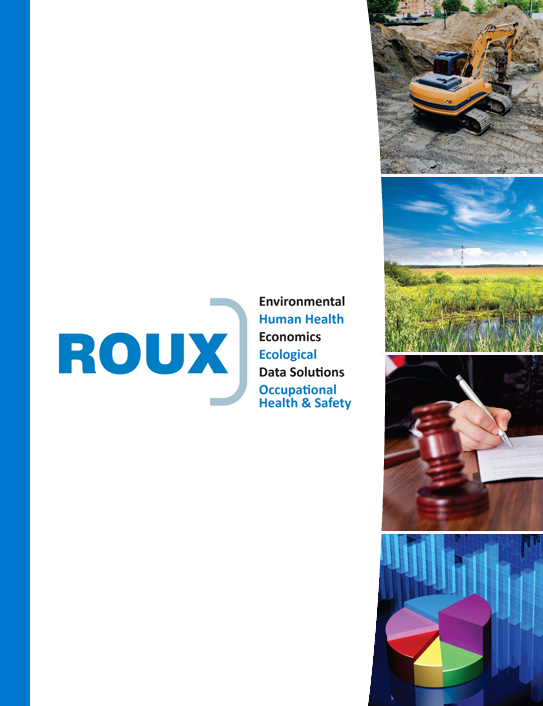PM2.5 Source Forensics: Background, Studies, & Publications
PM2.5 Source Forensics:
Background, Studies, & Publications
Addressing the Complexity in Deconvoluting Sources of Ambient Fine Particles
Regulatory and public health agencies have recently focused on reducing community exposure to ambient fine particles (particles with a mean diameter of less than or equal to 2.5 micrometer [µm] or PM2.5), due to an increase in research on the potential short- and long-term health effects on cardiopulmonary function, morbidity, and mortality following exposure to fine particles. For example, the Environmental Protection Agency (EPA) has proposed to revise its annual PM2.5 standard from 12 µg/m3 to 9-10 µg/m3, and the World Health Organization (WHO) recently reduced its guideline for annual PM2.5 exposure from 10 µg/m3 to 5 µg/m3.
Ambient PM2.5 originates from a variety of anthropogenic sources, both stationary (e.g., power plants, residences, and industrial manufacturing plants) and mobile (e.g., cars, trucks, and rail) sources, as well as from natural sources (e.g., dust storms and sea salt). In fact, a recent MIT study found that PM2.5 in many regions exceed the new WHO PM2.5 guideline due to natural sources alone. Thus, to optimize any potential mitigatory, regulatory, and/or community efforts to reduce ambient PM2.5 concentrations, any potential actions need to be informed by an accurate assessment of the sources of fine particles at the appropriate spatial scale (i.e., local, regional, or state) and by sector (i.e., residential, industrial, transportation, etc.). For example, the Agency for Toxic Substances and Disease Registry (ATSDR) emphasizes that if ambient PM2.5 levels seem high at a given site, but other area monitors up and downwind consistently have similarly high PM2.5 concentrations, such levels reflect that the regional air quality for that city or geographic area may be poor. This determination of the appropriate technical context of the PM2.5 observations is critical in defining appropriate health-protective recommendations for communities experiencing such fine particle exposures.
Roux expertise in ambient air quality assessment and modeling has been addressing these types of fine particle evaluations all over the United States. Recently, Roux has published assessments of PM2.5 impacts in both Florida and Texas.
- In Florida, Roux challenged the validity of an academic group’s peer-reviewed technical assessment of ambient PM5 exposure associated with sugar cane harvest.
- In Texas, Roux published in the peer-reviewed journal, Air, an accessible, technically straightforward methodology for source apportionment of fine particles that better enables the appropriate interpretation of ambient PM5 observations using data from the Dallas-Fort Worth metro area as a case study.
Have questions or concerns regarding PM2.5 or interested in reading Roux’s published articles on the subject? Click on the link below to request more information.

